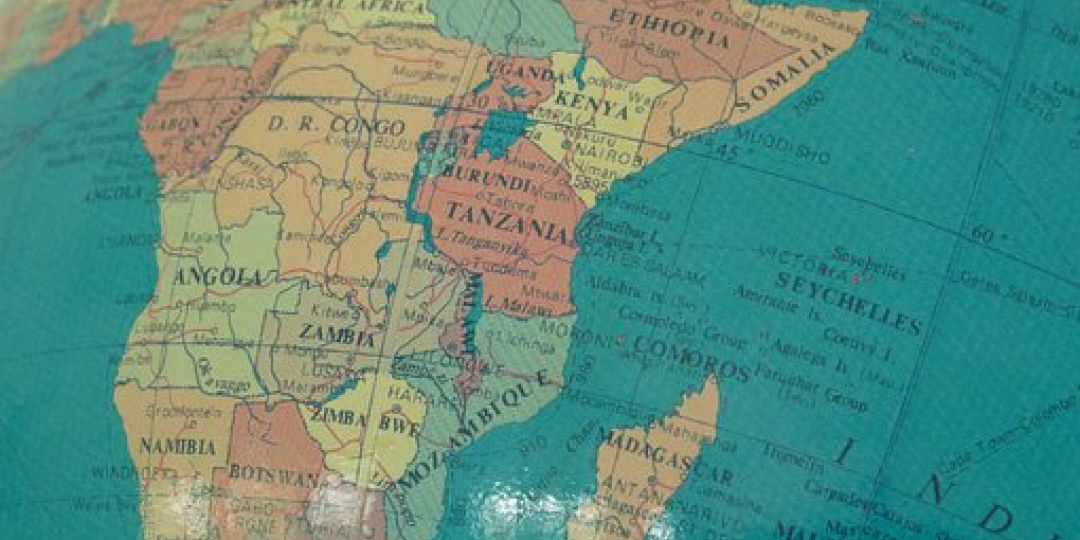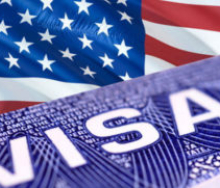Africa’s travel and tourism sector has recovered to pre-COVID levels faster than any other region on the world map according to Euromonitor, which expects that Africa will receive around 65 million international visitors in 2023.
Euromonitor has predicted travel will recover to around 10,7 billion domestic trips worldwide during 2023 (up from 5,9 bn in 2020) and that the number of international trips will reach 1,1 trillion globally.
Speaking at World Travel Market Africa at the Cape Town International Convention Centre (CTICC) this week, Christy Tawii, Research Manager: Sub-Saharan Africa, said that North America, Western Europe, the Middle East and Africa have been leading in terms of the recovery of inbound tourism spending, but that Africa was first to reach its 2019 tourist numbers in 2022.
Spotlight on Africa
Tawii highlighted that COVID-19 has cost the industry one billion trips and threatened 100 million jobs, but added she was confident travel was back after 87% growth from 2021 to 2022. “We are not out of the gutter yet, but there has been a lot of change,” Tawii said.
According to Euromonitor’s research, both inbound arrival numbers and total spend by visitors coming to Africa improved this year.
Traveller decisions
Tawii commented that consumer lifestyle choices were reflected in today’s travel trends, in that customers are seeking relaxation (35%), safe destinations (32%), nature and the outdoors (26%), quality food and dining (20%), and all-inclusive hotel and resort packages (19%) above sports adventures ( 8%), city breaks (11%), trips to urban areas (6%) or trips that are close to home (6%) (results based on another Euromonitor study, ‘What consumers seek’ - 2022).
“The profile of the visitor is changing,” said Tawii, however, the research manager warned that rising costs are a growing concern for travel businesses. Based on the results of a study done recently, Tawii revealed that most travel businesses had voiced concerns about inflation and money issues this year. “Are we passing it (the rising cost) on to the customer or are we finding ways to absorb it?”
She added: “With the profile of the traveller changing, there is an opportunity for African travel businesses. What travellers want, [exists] here.”
Finding new customers
Tawii said travel companies could attract more international visitors by promoting activities such as shopping, food and dining, and attractions, which are the top three activities for in-destination spending in Africa.
“Travellers are also increasingly exploring alternative activities, such as adventure, nature-based experiences, festivals (like Amapiano and Afrochella), and leisure events as opposed to traditional attractions. There is an opportunity to create new experiences,” Tawii said.
Tawii encouraged businesses to look more closely at ways to grow domestic tourism in Africa (domestic travel is about 30% of tourism in Africa, Tawii said, but she warned that there was generally a lack of awareness about what African destinations had to offer their own people.)
To tap into new source markets (domestic and international) Tawii further encouraged business owners to consider things like flexible payment structures/lay buys (buy now, pay later), that travellers want sustainable activities and travel products, and adding products and services geared to the hybrid/blended travel market, which includes bleisure travellers who combine leisure with business travel (reliable WiFi, laptop desks are the minimum).
Super Apps and the metaverse are two digital trends that travel businesses can grab onto to find future customers.
Tawii, a Namibian national, said even though destination marketing in the metaverse is still in its infancy, artificial intelligence and virtual reality will be big for travel businesses and destination marketing in the long term. African businesses should not be left behind, she said. “Tap into these new opportunities, and let’s make sure we (African destinations) get ourselves a seat at the table,” she said.
















